Why become a Horror Fan?
Mar 08, 2013
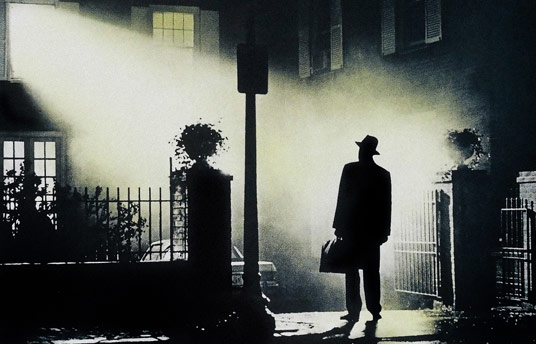
By Kummam Al Maadeed
When someone asks if I want to watch a horror film, I only have one answer: ‘Sorry, I’m sick.’ I have never really understood the joy of scaring oneself on purpose, so I thought I would explore the many different types of horror films to gain a better understanding of this world of fear and fright. To my surprise, there are more than 10 types of horror film, including everything from action horror and comedy horror to zombie and goth horror. Filmmakers dig deep into the human psyche, pulling out graphic and disturbing scenes, and by looking at the box-office revenues of films like ‘The Sixth Sense’ and ‘The Exorcist’ , it is clear that many people don’t just enjoy horror – they love it.
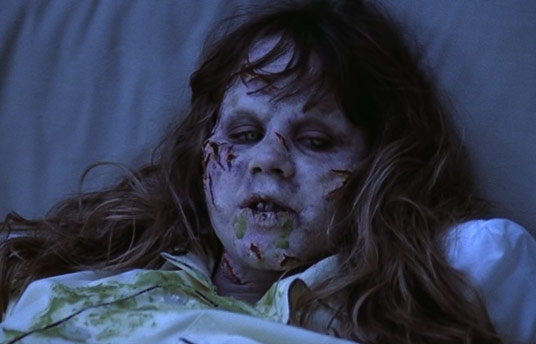
‘The Exorcist’ (1973)
The excitement of experiencing fear in a controlled environment is perhaps the primary reason people enjoy watching horror. It’s the feeling you get from adrenaline rushing through your veins as you helplessly watch someone being chased in slasher films like ‘Scream’ or ‘A Nightmare on Elm Street’ , in which a serial killer stalks and kills a group of victims who are predominately teenagers. Others enjoy the blood and gore of splatter horror, which features films like ‘Saw’ , a visceral exploration of our relationship to the human body that raises the question of whether we would dismember ourselves or someone else to save our own life.
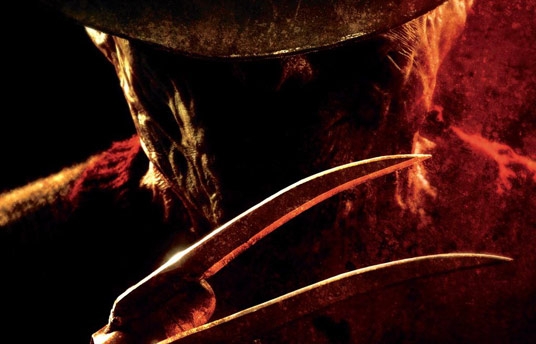
‘A Nightmare on Elm Street’ (2010)
Believe it or not, there are other reasons to watch films like ‘Saw’ . It shows a group of people who don’t respect or cherish life; as a result they are kidnapped and tortured by a dying psychopath. Any sane audience will ask, Why is this happening? What led this man into the depths of insanity? This inquiry also causes us to be self-reflexive about our own moral code and to reflect on how we would respond to the situations depicted within a given film. It is audiences’ engagement in these moral imperatives that create an entertaining and attractive window into the world of horror and the human psyche.
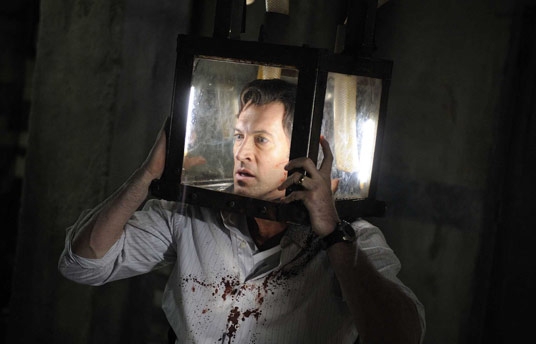
'Saw V' (2008)
Among cinephiles there is also a wide interest in psychological horror, which can be seen in films like ‘The Shining’ and ‘Ju-on: The Grudge’ . This type of film is designed to test your faith and sanity by providing a glimpse into the deteriorating mind of the protagonist. Other films in this category are purposely designed to blur the worlds of reality and fantasy, causing audiences to wonder whether the footage is authentic or the creation of a filmmaker.
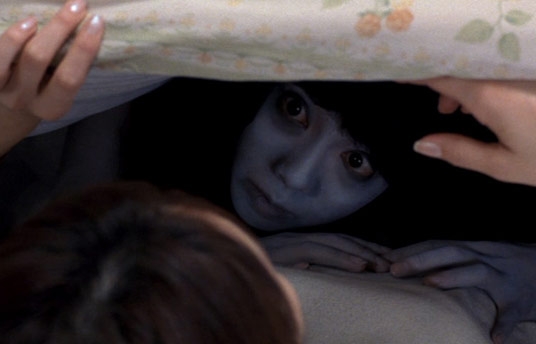
'Ju-on: The Grudge' (2002)
This unique style of filmmaking helped create the influential marketing strategy for ‘The Blair Witch Project’ as it used the idea of found footage to give the film a more real and haunting effect. ‘The Blair Witch Project’ popularised this style of filmmaking, and it can now be seen in the extremely successful ‘Paranormal Activity’ series .
Audiences instantly respond to films that could possibly be real; this is why nature horror managed to gain huge box-office revenues for films like ‘Jaws’ and ‘Anaconda’ .
Unlike demons or ghosts, nature is a real entity that is vast and intimidating. By using our own environment against us, nature horror films are often both horrifying and believable. We can’t control nature and, every now and then, we see proof of its instability and sheer power through hurricanes and earthquakes. Animals that call the natural landscape home can also be implemented within films to further enhance the unpredictability and horror nature can dish out. Filmmakers within the genre don’t just use wild animals like sharks and snakes, they also tapped into the possibility of pets and domesticated animals turning against humans. In the 1963 classic ‘The Birds’ , a whole town is attacked and engulfed by swarms of birds, signalling the apocalypse. There is also the loveable dog ‘Cujo’ who went mad after being infected with rabies and then terrorised the family who took care of him.
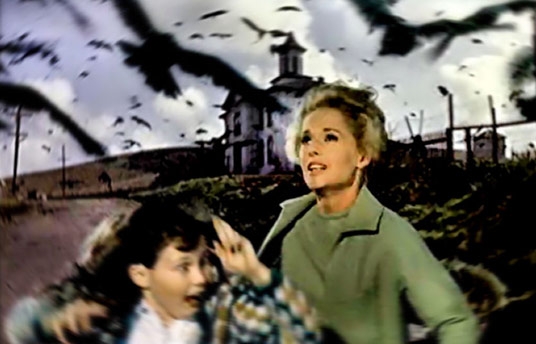
'The Birds' (1963)
Another well-known category is sci-fi horror, seen in films like ‘Cat People’ , which premiered in the 40s. The film explores how people perceive the taboo issues of intimacy and also brings forth hidden meanings within the film that allowed audiences to better understand the director’s vision and the messages being conveyed.
Many horror films have a moral imperative. The ‘final girl’ theory is a concept developed by Carol J. Clover in her book ‘Men, Women, and Chainsaws: Gender in the Modern Horror Film’ , which explores the prevalence of the last girl standing – the only survivor of the bedlam at the end of countless horror movies. This final character is often a woman – and not just any woman; she is kind and virtuous, embodying everything that is good in the world. In many respects she represents the purity of morals and thus she is able to – in fact, she must – survive.
On the rare occasion that the final survivor is a man, he tends to embody these same qualities and morals. This theory is most commonly seen in slasher films, for example Jamie Lee Curtis as Laurie Strode , the final girl of ‘Hallowe’en’ , Sally Hardesty of ‘The Texas Chain Saw Massacre’ or Nancy Thompson of the ‘Nightmare on Elm Street’ franchise.
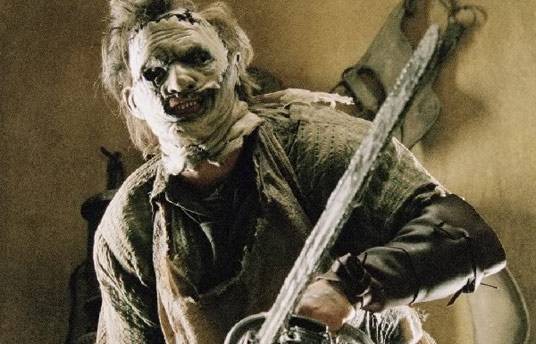
'The Texas Chain Saw Massacre' (1974)
In the current film-watching environment, people have become acclimatised to the classic horror film, thus their needs to be a new breed of filmmaking that can scare and inspire audiences, especially fans of the genre. Gothic horror films, populated by vampires, witches and werewolves, have become more of a fantasy-thriller rather than a horror film. These films don’t have the same effect as films like ‘Dracula’ did in the 30s, or ‘The Haunting’ did in the 60s. Horror fans are now looking for films to challenge them in times when war, crime and torture are easily accessible on the news every day.
Regardless of your stand on the categories or current state of horror, it is sure to be a part of our cinematic diet as long as film is in existence. After I explored the different types of genres, I discovered that some of my favourite films, ‘Resident Evil’ , ‘Underworld’ and ‘Blade’ fall under the action horror category – so next time someone says, ‘Let’s go check out the latest ‘Paranormal Activity’ series , my answer will be, ‘I’ll think about it.’
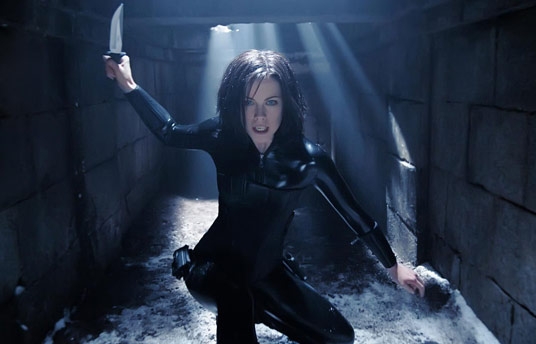
'Underworld: Evolution' (2006)